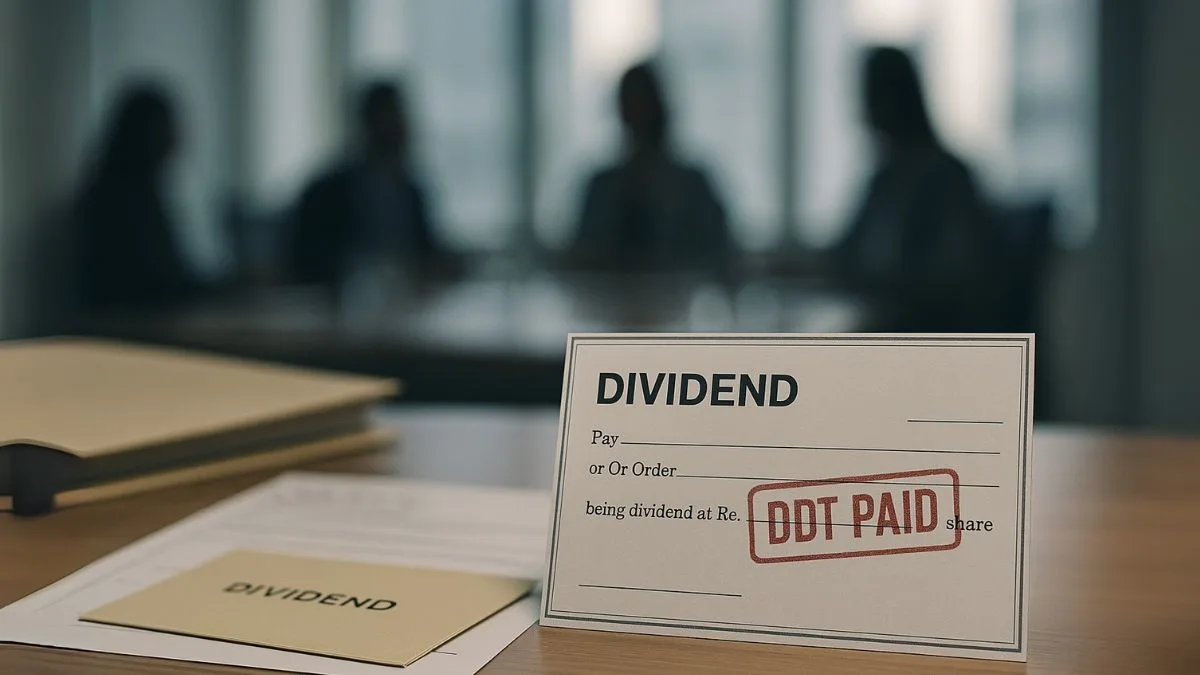
Whether you're a business, professional, or even an individual paying for construction, advertising, or any contract-based job—TDS may be applicable. One of the most common sections under TDS compliance is Section 194C.
This section applies when payments are made to contractors or subcontractors for carrying out work, including supply of labor. Even individuals who are not into business may fall under its scope in some cases. Confused?
Don’t worry—this article explains Section 194C, who it applies to, what the TDS rates are, and how to stay compliant.
What Is Section 194C?
Section 194C of the Income Tax Act deals with tax deductions on payments made to contractors and subcontractors. It provides for the deduction of income tax at source at the rate of 2% or 1%, depending on who is making the payment.
In simple terms, if you hire someone (a contractor or a vendor) to carry out a particular job—like constructing a building, printing marketing materials, or handling logistics—you may need to deduct TDS at source before making the payment.
When Does Section 194C Apply?
Section 194C applies if any individual pays a contractor to conduct specific work under a contract. The scope of "work" here is wide and includes:
- Advertising
- Broadcasting and telecasting
- Transport and carriage of goods
- Catering services
- Manufacturing or supplying goods as per the customer’s specification
This section covers both contractors and subcontractors, and applies whether the work is carried out directly or indirectly.
Who Has to Deduct TDS?
TDS under Section 194C must be deducted by:
- Companies
- Partnership firms
- HUFs and Individuals (if subject to audit under Section 44AB)
- Co-operative societies
- Local authorities
- Trusts or AOPs
If you fall in any of these categories and make a payment for contract work, TDS deduction is mandatory if the payment crosses the threshold.
Threshold Limit for TDS Deduction
Not all payments require deduction. TDS under Section 194C is applicable only if:
- Single payment exceeds ₹30,000, or
- Aggregate payments during the year exceed ₹1,00,000
If either of the above is true, TDS has to be deducted on the entire amount, not just the excess.
TDS Rates under Section 194C
Section 194C defines a lower TDS rate of 1% (for individuals/HUF) or 2% (for others).
- 1% TDS is deducted if the payee is an individual or HUF
- 2% TDS is deducted if the payee is a company, partnership firm, or any other entity
This structure helps smaller businesses or individual contractors by allowing a lower TDS deduction, improving their cash flow.
Also, no TDS is deducted if the contractor provides a declaration under Section 197 for lower or NIL deduction.
Example to Understand
Let’s say:
- A private limited company hires a transport contractor for ₹1,50,000
- The contractor is an individual
Here, TDS under Section 194C will apply:
- Since the amount exceeds ₹30,000 (and ₹1,00,000 aggregate)
- TDS rate will be 1% (as the contractor is an individual)
- TDS amount = ₹1,500
- Net payment to contractor = ₹1,48,500
This amount must be deposited with the government and reflected in the contractor’s Form 26AS.
TDS Compliance Checklist
If you are deducting TDS under Section 194C, make sure to:
- Deduct TDS at the time of credit or payment, whichever is earlier
- Deposit TDS to the government by the 7th of the next month
- File TDS return quarterly using Form 26Q
- Issue TDS certificate (Form 16A) to the contractor
Non-compliance can attract interest, penalty, and even disallowance of the expense in income tax returns.
Exceptions to TDS Under Section 194C
- Personal payments made by individuals not subject to tax audit are exempt
- Payments made to small contractors do not cross the limit
- Payments for non-contractual services like salary (covered under other sections)
However, if there is a written or implied contract, and the payment is for carrying out work, Section 194C applies.
Why Section 194C Matters
Many businesses outsource services, from website creation to building maintenance. These transactions often fall under contractual work, and ignorance of TDS laws can lead to penalties or tax notices.
By ensuring you comply with Section 194C, you safeguard your business and contractor from future issues.
Also, knowing that Section 194C defines a lower TDS rate of 1% (for individuals/HUF) or 2% (for others) helps you plan and maintain healthy vendor relationships.
Final Words
Section 194C is an essential provision for taxpayers who engage contractors or outsource specific jobs. It provides for deduction of income tax at source at the rate of 2%, or 1% in the case of individual or HUF payees.
To summarise:
- Section 194C covers tax deductions on payments made to contractors and subcontractors
- It applies if any individual pays a contractor to conduct a specific work
- TDS must be deducted at 1% or 2%, depending on the payee type
- Thresholds: ₹30,000 per invoice or ₹1,00,000 annually
- Mandatory TDS compliance includes deduction, deposit, return filing, and certificate issuance
Need help setting up TDS systems for your business?
👉 Visit www.callmyca.com for expert support in TDS compliance and contractor payment management.











